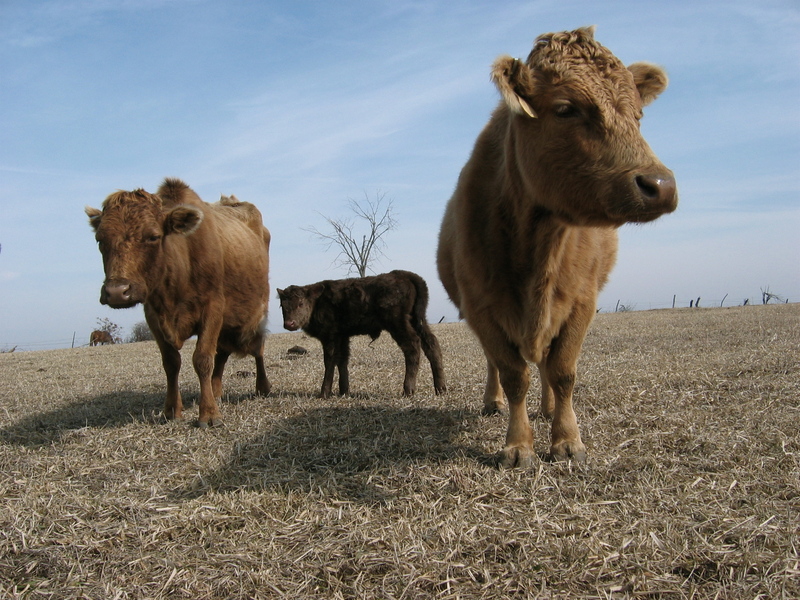There are any number of agricultural production systems out there, each with their own way of making a buck and each with a certain level of hucksterism involved. I focus on whether the system and the end product are microbiologically safe. The  best producers use techniques – regardless of political ideology – that fit best in their production system in their geographic location.
best producers use techniques – regardless of political ideology – that fit best in their production system in their geographic location.
A new study in Foodborne Pathogens and Disease compared bacterial contamination rates and antimicrobial resistance in bacteria from 50 grass-fed and 50 conventionally produced beef products. The researchers from Purdue University and China concluded there was no safety advantage for either group.
The abstract is below:
Contamination rates and antimicrobial resistance in bacteria isolated from “grass-fed” labeled beef products
Foodborne Pathogens and Disease
Jiayi Zhang, Samantha K. Wall, Li Xu, Paul D. Ebner
http://www.liebertonline.com/doi/abs/10.1089/fpd.2010.0562
Abstract
Grass-fed and organic beef products make up a growing share of the beef market in the United States. While processing, animal handling, and farm management play large roles in determining the safety of final beef products, grass-fed beef products are often marketed as safer alternatives to grain-finished beef products based on the potential effects of all-forage diets on host microbiota. We conducted a series of experiments examining bacterial contamination rates in 50 beef products labeled as “grass-fed” versus 50 conventionally raised retail beef products. Coliform concentrations did not differ between conventional and grass-fed beef (conventional: 2.6 log10 CFU/mL rinsate; grass-fed: 2.7 log10 CFU/mL rinsate). The percentages of Escherichia coli positive samples did not differ between the two groups (44% vs. 44%). Enterococcus spp. were frequently isolated from both grass-fed beef products (44%) and conventional beef products (62%; p=0.07). No Salmonella or E. coli O157:H7 isolates were recovered from any of the meat samples. Enterococcus spp. isolates from conventional beef were more frequently resistant to daptomycin and linezolid (p<0.05). Resistance to some antimicrobials (e.g., chloramphenicol, erythromycin, flavomycin, penicillin, and tetracyline) was high in Enterococcus spp. isolated from both conventional and grass-fed beef. There were no differences in the percentages of antimicrobial resistant E. coli isolates between the two groups. Taken together, these data indicate that there are no clear food safety advantages to grass-fed beef products over conventional beef products.
